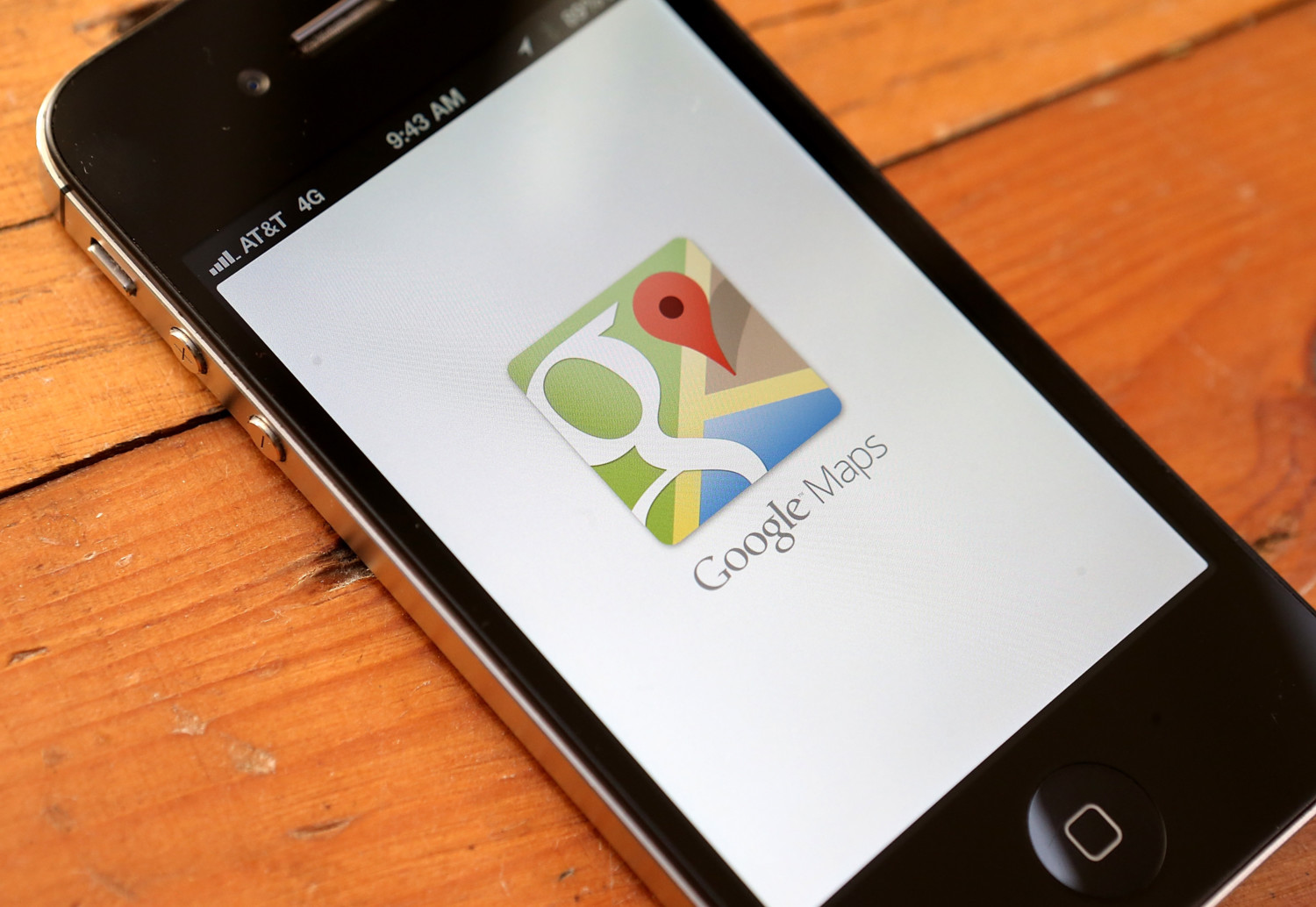Google Maps has changed the way we drive. Thanks to the app, you can give your friends an accurate ETA when you’re on the way to meet them, and for those of us who are directionally challenged, it’s a lifesaver when navigating to an unfamiliar location.
Another great feature of the app is its ability to detect traffic backups and suggest alternate routes to get where you’re going faster.
To predict traffic jams, Google Maps gathers information by pinging phones that use the app in a given area. But an artist in Berlin noticed at a May Day celebration a few years ago that this technology had created what appeared to be a traffic jam in a place that was full of people, not cars.
So Simon Weckert took to the streets to confuse the app by pulling a wagon filled with 99 smartphones around Berlin, Germany. As he traveled through the city, his wagon was detected as a traffic jam, and the app began diverting users away from the area.
You can watch his process in the YouTube video he posted about the stunt:
As you can see, the streets he’s traveling are pretty empty!
Weckert says he carried out the experiment to expose the potential pitfalls of the technology we rely on on a daily basis, often without thinking about it.
“What I’m really interested in generally is the connection between technology and society and the impact of technology, how it shapes us,” he told Wired. “I have the feeling right now that technology is not adapting to us, it’s the other way around.”
He noted that while we may see the data that apps such as Google Maps provide as totally objective, that’s not necessarily the whole truth, and that in this way, we’re “forgetting that the numbers are only representing a model of the world,” he told Business Insider.

This isnot the first time Weckert has used Google Maps in his work, having previously shown how the app changes how it delineates national borders depending on the country the user is in.
“We’ve launched the ability to distinguish between cars and motorcycles in several countries including India, Indonesia and Egypt, though we haven’t quite cracked traveling by wagon,” a representative for the company told Business Insider. “We appreciate seeing creative uses of Google Maps like this as it helps us make maps work better over time.”
This story originally appeared on Simplemost. Checkout Simplemost for other great tips and ideas to make the most out of life.


